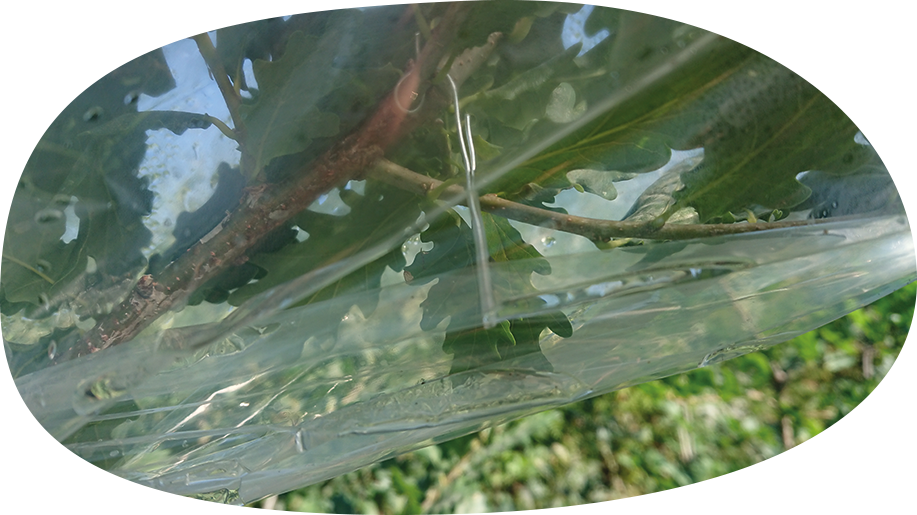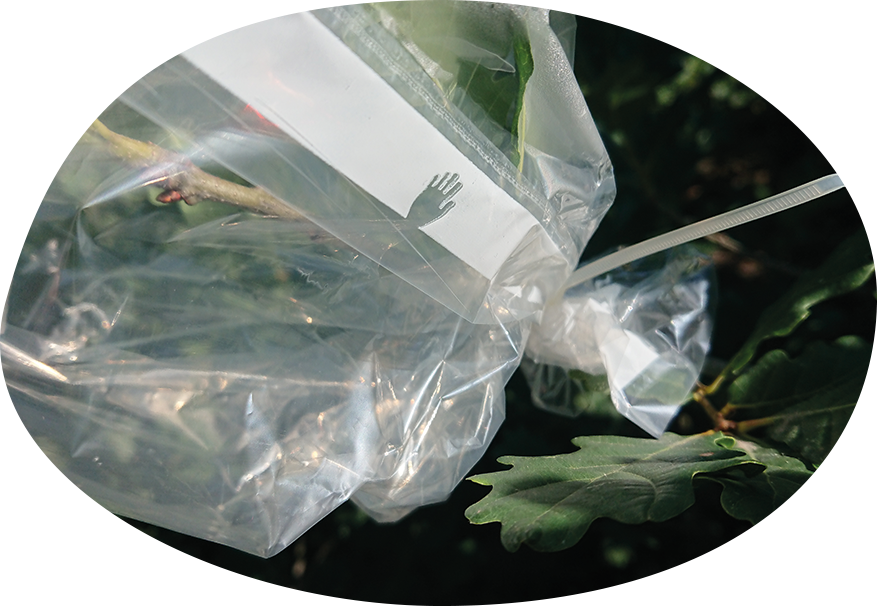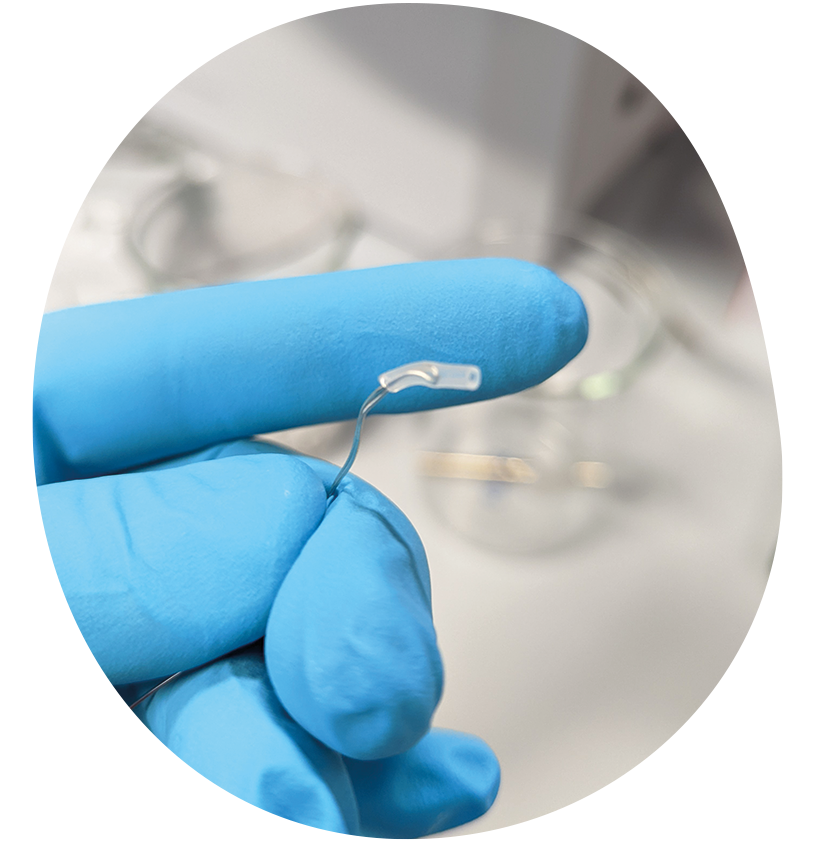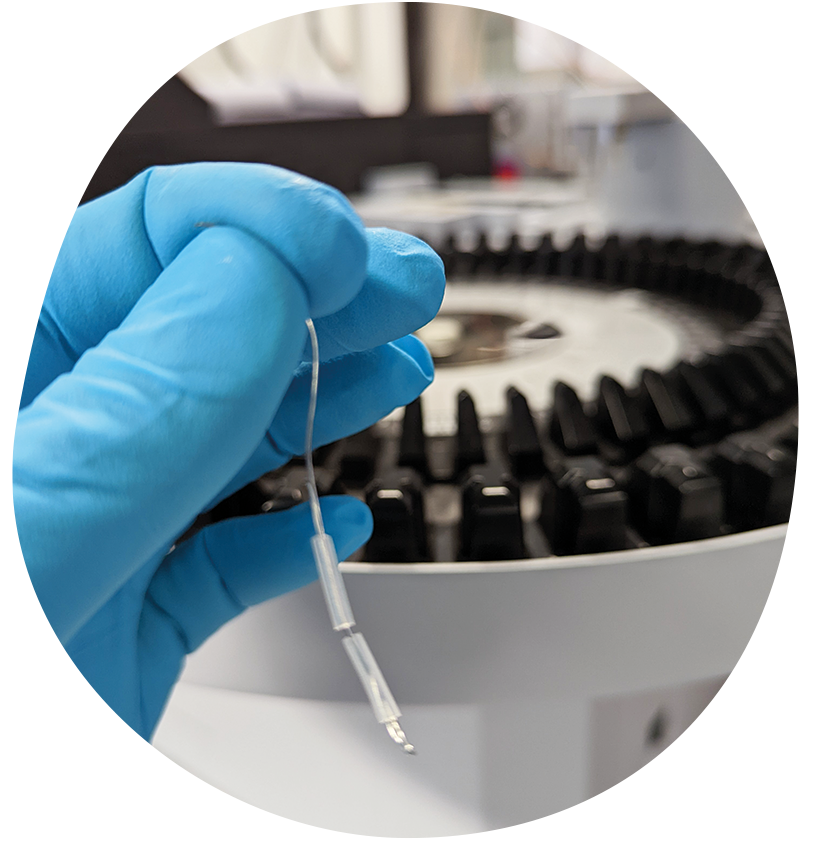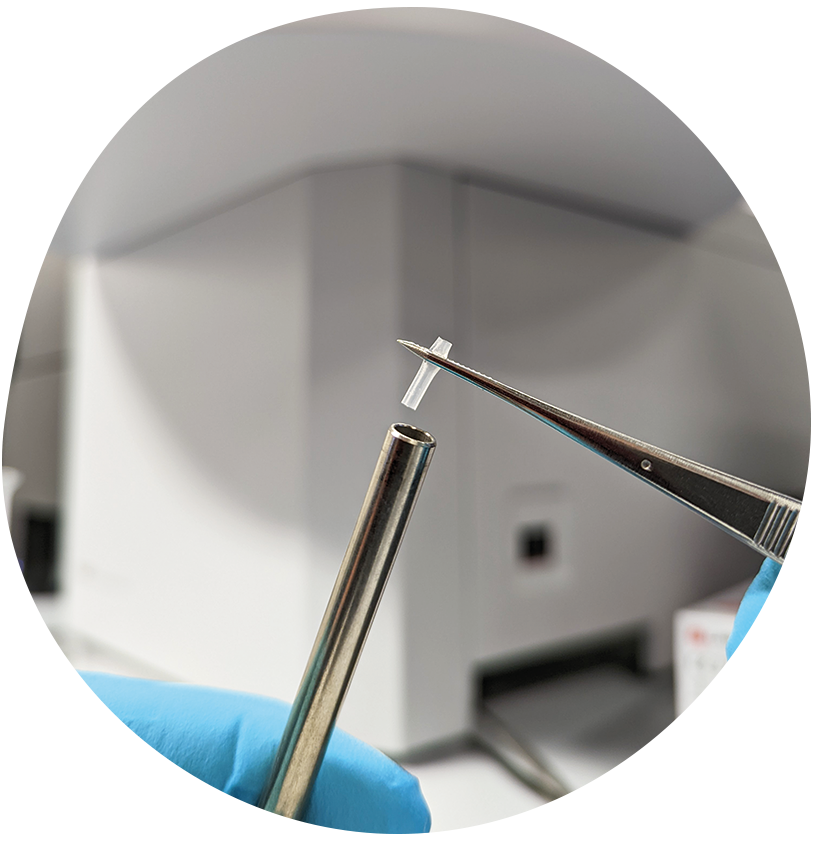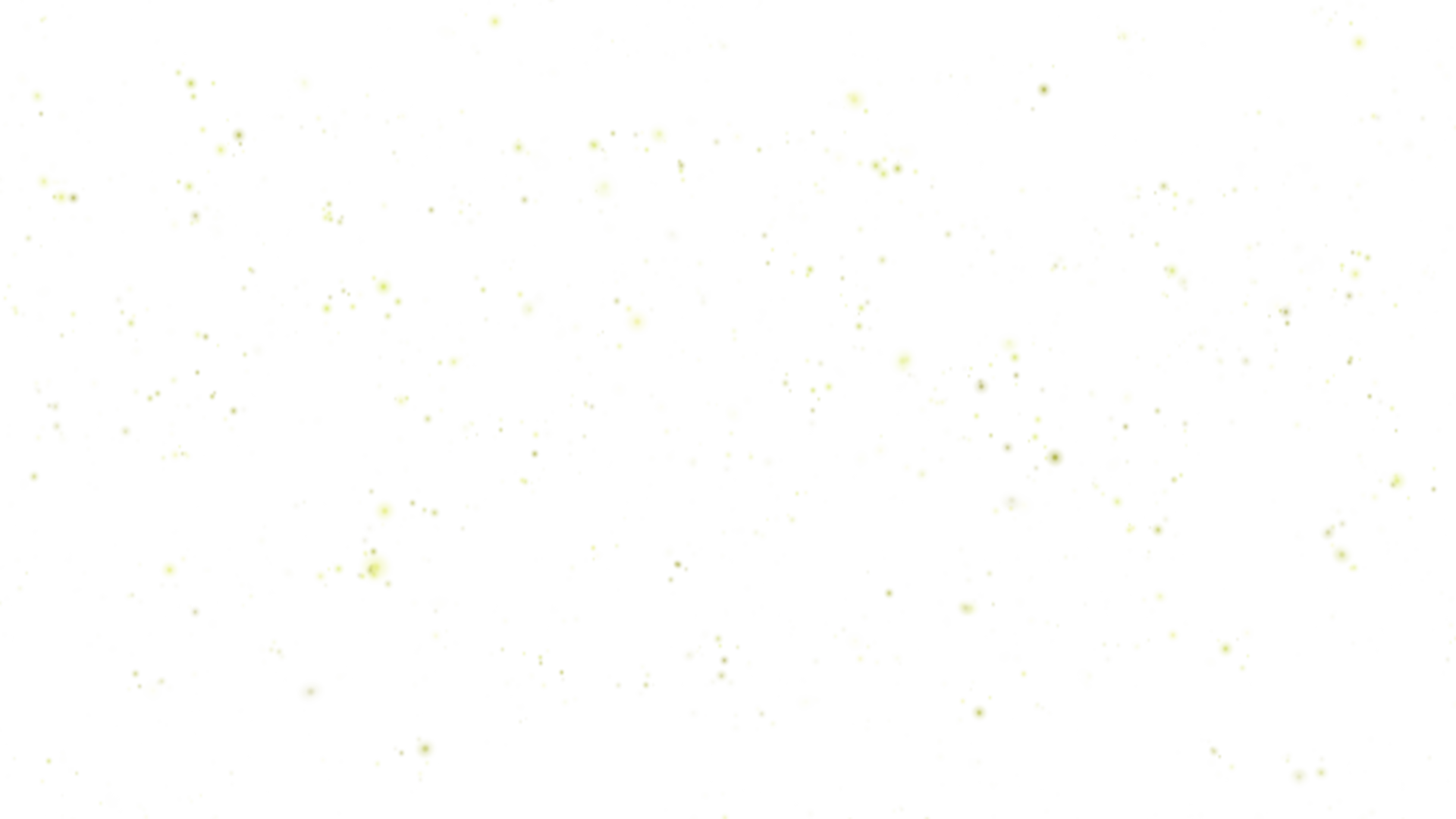

Trees call birds for help against leaf-feeding insects
The vital role of VOCs in plant defense in the canopy of a floodplain forest
Dr. Alexander Weinhold, Molecular Interaction Ecology – German Centre for integrative Biodiversity Research (iDiv) Halle-Jena-Leipzig
Volatile organic compounds (VOCs) are important mediators of interactions of plants with their environment for instance through their involvement in pollination, host choice and defense against herbivores. We studied these interactions within the canopy of a floodplain forest by measuring plant volatiles trapped on custom-made silicone tubes and analyzing them by TD-GC-MS. We could show that plant volatiles change with herbivory and that those changes are recognized by predators of the herbivores, therefore confirming the role of those volatiles in indirect plant defenses.
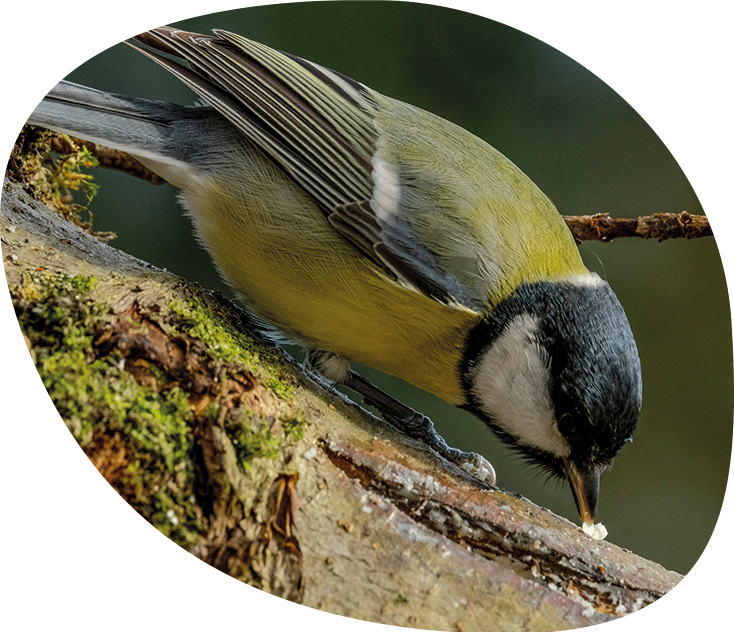
Plants are interacting with their environment in many ways adapting their growth to abiotic factors like light, weather and water. Flowers are turning towards the sun, trees are growing in the direction of the wind and roots are digging deep into the soil for water and stability. Besides that, plants do also interact with their biotic environment through the color and shape of their blossoms attracting pollinators necessary for proliferation. Thorns and needles act as mechanical barriers against attacking herbivores and by producing deleterious or even toxic metabolites (e.g. nicotine or mustard oils), plants even defend themselves against herbivores. One class or type of those metabolites are plant-derived Volatile Organic Compounds (VOCs).
How trees use home-made perfume as defense
VOCs (Volatile Organic Compounds) play an important role in the defense of plants against attacking herbivores. They act as repellents and keep insects away from the precious leaf tissues. Unfortunately, this line of defense is often not enough and if it falls, VOCs can also act as an indirect defense. Right after the herbivore starts feeding, pools of VOCs are emitted by the attacked plants or via De novo synthesis (e.g. enzymatically from alpha-linolenic acid in the case of C6-VOCs or through the mevalonic pathway in the case of terpenes) calling in the “cavalry”: natural enemies of the attacking herbivores. They are attracted by the odor cues of the attacked plant and the feeding insect. This phenomenon is widely referred to as the “cry for help” of plants. Natural enemies can be parasitoids (that will lay eggs into the attacking caterpillar which will develop within the body of the caterpillar and feed on it after hatching) and other insects or even birds who follow this cry for help and feed directly on the attacking insects. These phenomena have been well documented in lab and greenhouse assays but have never been tested in adult trees so far.
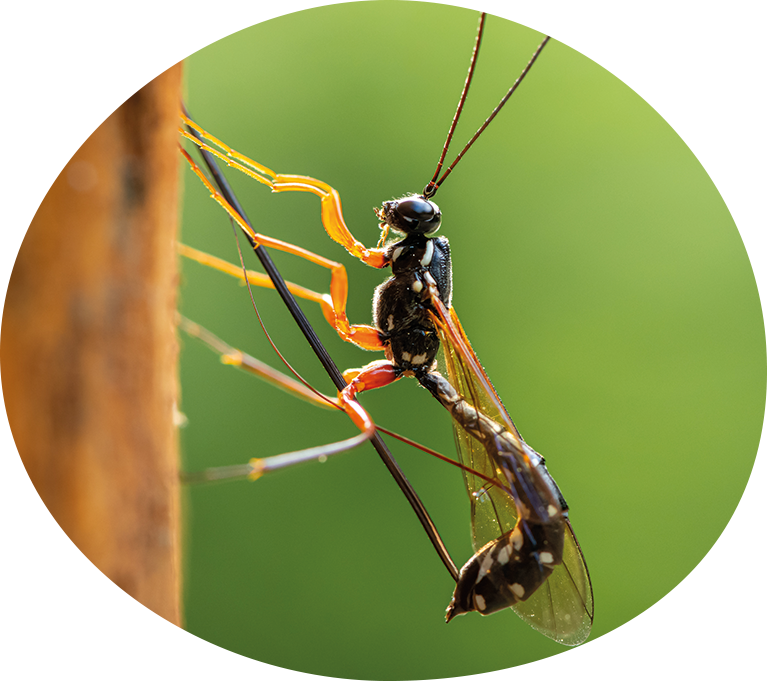
A field test in the forest
Now researchers at the German Centre for Integrative Biodiversity Research in Leipzig (iDiv) tested this in adult trees for the first time. They chose oak trees known to produce a wide array of chemical defenses from phenolic compounds and tannins but also including volatiles. Oak trees also react to insect attacks by enhancing the production of those defensive chemicals (which made them a suitable target for experimental manipulation).
The experiment took place 40 meters above the ground in the tree branches within the canopy crane in the Leipziger Auwald. The scientists used methyl jasmonate, a plant hormone, to elucidate the defensive response of oak branches on different trees and compared them to untreated branches on control trees. The volatile bouquet of the oak trees consisting mainly of monoterpenes, sesquiterpenes, some phenolic compounds and some short-chain fatty acid-derived esters, was collected in plastic oven bags and trapped on short cuttings of polydimethylsiloxane tubing. The volatiles were sampled over a period of 24h and analyzed in the laboratory via thermodesorption gas chromatography mass spectrometry (TD-GCMS). In addition, dummy caterpillars were placed on treated and control branches, then checked regularly for bite and peck marks as proof for predator presence. The amount of real caterpillars was also checked regularly.
Treated branches saw an increase in the VOC production which in return led to more predators. At the same time, lower numbers of caterpillars were found on treated leaves. The increased volatile production of the oak trees after herbivore attack attracted more predators which led to a lower number of caterpillars. The cry for help of the oak tree was heard and responded to.
Enabling the application of biological controls instead of insecticides
This is an example of integrative biodiversity research using different platforms and techniques to study the interaction of plants and their environment. The lab of the molecular interaction ecology group at iDiv uses several analytical techniques to study biotic interactions and the chemicals mediating them.
HPLC-UV is used for the routine analysis of glucosinolates in cabbage and LC-MS is used for the metabolomics analysis of secondary metabolites of various plant species. An integral part of the instrumentation is the Shimadzu GCMS-QP2020 NX coupled to a TD-30R that is not only used to study trees but also other plants of agricultural importance. Tomato plants do also release VOCs after being attacked, attracting predatory bugs to feed on the caterpillars thereby protecting the plant.
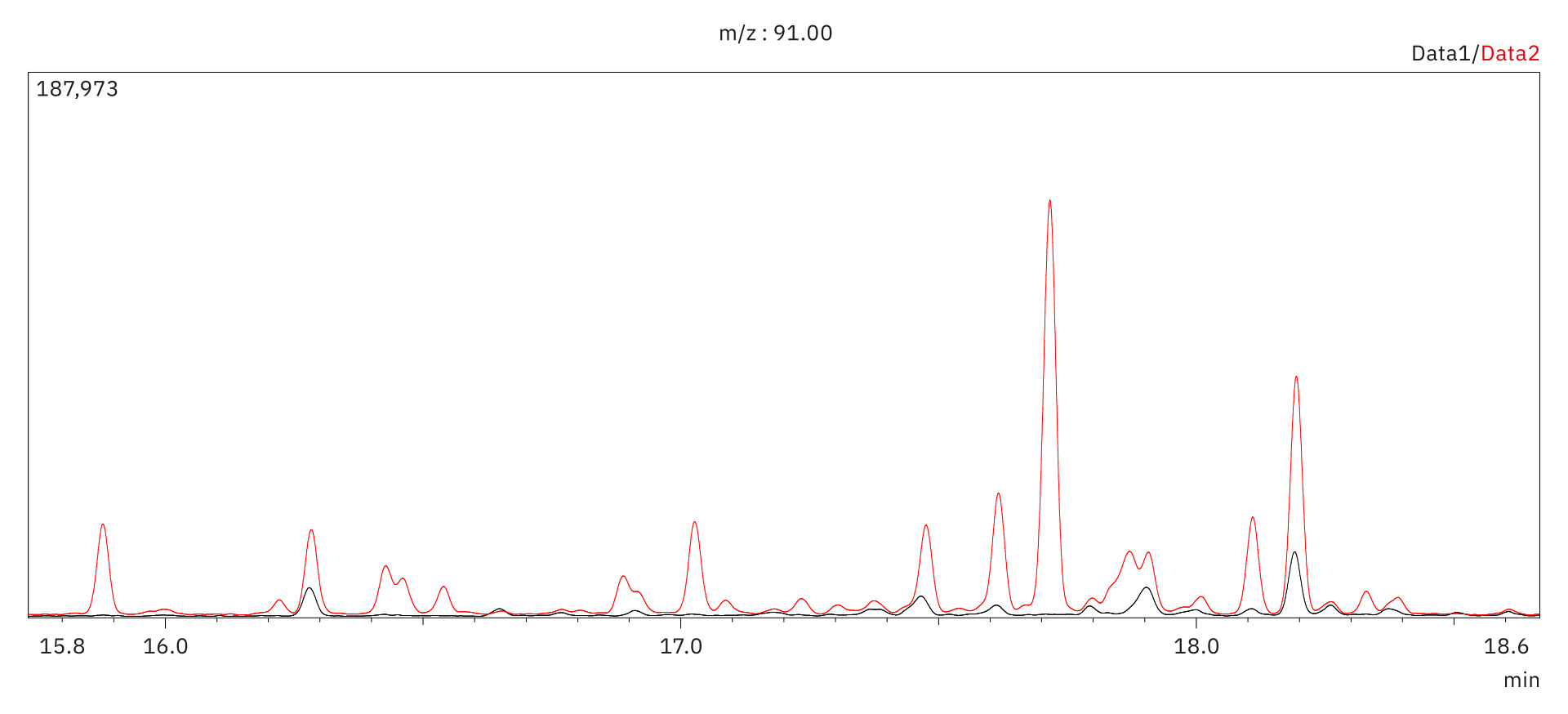
Identifying the volatiles involved in the process can help to improve the application of biological controls in greenhouses and reduce the use of insecticides. Another example is the collection of volatiles of winter wheat after aphid infection.
Here the aim of the project is to identify VOCs that could be used to enhance plant protection in the greenhouse or in the field. The Shimadzu TD-30R unit with a large enough sampler is perfect for both high throughput and high sample numbers. The easy-to-handle sample setup combined with very cheap PDMS tubes allowed 50 to 250 sample numbers in one experiment alone. In addition, the resampling option provided a means to analyze precious field samples again with different chromatographic conditions, for instance. The Twin Line System allows to analyze VOC samples via TD on one day while on the next day silylated samples could be analyzed via liquid injection. Silylation and liquid injection are used to analyze the sugar and amino acids in cheese samples of different ripening stages. These will be combined with the data on the composition of the bacterial communities. Both together serve as a model system to study competition for limited resources, in that case the bacteria in the cheese. The research questions at iDiv are diverse, and this makes a very valuable and versatile instrument for the biodiversity research.
